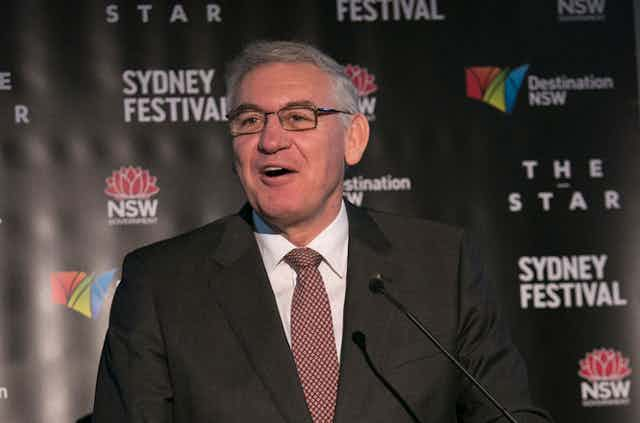Arts New South Wales, the state’s arts policy and funding body, released a discussion paper last week: Framing the Future: Developing an Arts and Cultural Policy for NSW.
As a discussion paper rather than a final policy document it reads as a fairly open document. There is nothing particularly objectionable, certainly no gotcha! moments or hostages to fortune. But therein lies the problem.
It is a default-position document in which the current policy consensus is displayed in all its non-stick blandness. Alongside its aspirations for New South Wales and Sydney to become “locally and globally recognised leaders in arts and culture”, it wants to expand access regionally, for Indigenous groups, for its diverse language groups, for the disabled and the elderly. In short, it is a classic arts policy that invests in excellence and access.
There is no hint that these might conflict in any way.
How might the investment in Sydney’s global cultural infrastructure relate to arts funding across regional NSW – or to the smaller, more innovative arts and cultural groups? We won’t know from reading the new paper.
More fundamentally, it is unquestioned in the discussion paper that “the arts” are capable of generating ever-wider participation, despite all the evidence to the contrary. These aspirations can be held together because there are no figures in the document.
The vast majority of state (and federal) funding goes into the major arts institutions. The rest get – let’s face it – the crumbs. What Arts New South Wales is presenting is an arts policy, put together by an arts agency. That’s fine – but it should be called that.
It uses the inclusive word “culture” – identity, healthy communities, individual and collective well-being – but the discussion paper is actually mostly about the visual and performing arts as identified by arts funding bodies. How much longer can this sleight-of-hand carry on?
Two new aspects appear – the spatial and the digital.
One blaring complaint from cities the world over is the way “creative cities” policies have led to the exclusion of artists and other creatives.
Global cultural “offers” targeting tourists, mobile capital and skilled workers (in the style of US urban thinker Richard Florida) help raise rents and property prices. For cities this counts as an indicator of a successful regeneration program. Again, there is no sense of any conflict here.
Massive investment in large cultural infrastructures sits next to aspirations to creative “adaptive spaces” – where public art and pop-ups, creative businesses and artists can be slotted into the spaces left over. The document also deals with “the virtual age” – but effectively asks only how arts and culture can relate to their “digital economy industry action plan”.
If it is an arts policy it is also one for an age in which economic impact is unquestioned. Arts NSW is now part of NSW Trade & Investment, a government agency dedicated to driving economic growth. What is good for the arts is good for the economy, in other words. Healthy cultural life leads to cultures of innovation, critical thinking and the ability to synthesise information, in turn leading to employment outcomes and global competitive advantage.
That there is no evidence whatsoever for these claims is neither here nor there: these are the things that have to be said if funding for the arts is to continue.
Interestingly, the “creative industries” – usually the primary bearers of culture’s economic benefits – are mostly absent. Reference is made to the Creative Industries Action Plan, and dotted in the various thematic questions are the usual business-school nostrums of training, specialist business advice, access to markets and so on in pursuit of sustainable business models for arts and culture.
What these mean in practice is anybody’s guess: they are not discussed here, where the main concern is large-scale public and philanthropic investment in the big institutions.
As ever, arts are discussed in a separate space to the creative industries, which in the current thinking of the NSW creative industries task force, are primarily commercial activities to be subject to “industry policy”. Despite the thematic of the “digital”, media policy is also completely absent. Only film, with its combination of identity and economy, gets a look in.
This document is mostly useless to those in the sector as it has no detail. For those not directly involved in state funding of the arts, it’s about as interesting as a corporate investment brochure. It will neither rock nor float any boats.

